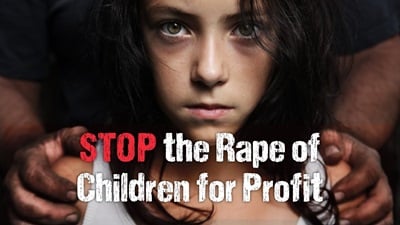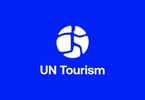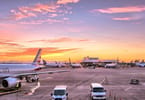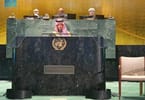Seven dollars for a pillow and blanket on JetBlue. Twenty-five dollars to book a flight by phone or in person with Delta. Twenty-five dollars to send an unaccompanied minor on Southwest.
And now comes a charge that the airlines hope you might not cringe to pay: an in-flight wireless Internet connection fee.
The race is on among the nation’s largest airlines to install the circuitry that lets passengers go wireless while jetting across the sky.
Southwest Airlines announced last month that it is moving ahead with plans to install satellite-enabled broadband on its entire fleet by early next year. Southwest has yet to announce a pricing plan.
Last month, Delta announced it had installed Wi-Fi in more than 70 percent of its domestic fleet. American Airlines also announced in August that it had installed Wi-Fi in 100 MC-80 planes, with plans to install the service on another 50 airplanes by the end of the year.
A survey by the Wi-Fi industry suggests that most business travelers will pick an airline with such service over flights with meals, free movies or convenient arrival times.
The survey, commissioned by the Wi- Fi Alliance, a nonprofit industry group, found that 76 percent of the 480 frequent business travelers interviewed would choose an airline based on the availability of in-flight Internet service.
More than 70 percent of those surveyed would choose an airline with Wi- Fi over one that provided meal service, and 55 percent said they would shift their flight by one day if it meant getting the in-flight service.
But passengers are not using airborne Wi-Fi in such high percentages.
On Virgin America, the first U. S. airline to offer Wi-Fi throughout its fleet, the percentage of passengers who pay for the service is between 10 percent and 15 percent. On transcontinental flights, up to 25 percent of passengers use it.
Most airlines with Internet service offer a Wi-Fi price schedule that increases with the length of the flight. Virgin charges between $5.95 for flights lasting 90 minutes or less to $12.95 for flights longer than three hours.
JetBlue, on the other hand, plans to offer free e-mail and instant messaging services on 20 of its Airbus A320 planes, beginning later this year.
Kelley Davis-Felner, marketing director of the Wi-Fi Alliance, said the survey’s results make one thing clear.
“Staying connected is a thing that business workers are comfortable paying for,” she said.
But others believe it might just be a matter of time before free-market forces prompt airlines to offer Wi-Fi for free, or at least for frequent fliers.
“As more and more services get introduced on airlines, will they be able to sustain [a] Wi-Fi fee?” asked Michael W. McCormick, executive director of the National Business Travelers Association. “There will be continued pressure on airlines to offer it as a core service.”
IHE Ị GA-Ewepụ na edemede a:
- The survey, commissioned by the Wi- Fi Alliance, a nonprofit industry group, found that 76 percent of the 480 frequent business travelers interviewed would choose an airline based on the availability of in-flight Internet service.
- American Airlines also announced in August that it had installed Wi-Fi in 100 MC-80 planes, with plans to install the service on another 50 airplanes by the end of the year.
- More than 70 percent of those surveyed would choose an airline with Wi- Fi over one that provided meal service, and 55 percent said they would shift their flight by one day if it meant getting the in-flight service.






















